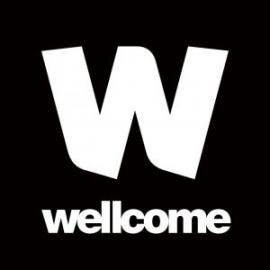Biomedical engineering and cancer treatment
The resources in this collection look at the discovery and development of potential new medicines, including pre-clinical and clinical testing, suitable for students aged 14-16.
An inspirational lesson to start the topic off looks at how biomedical engineers are developing new methods of drug delivery which avoid some of the side effects of chemotherapy: https://www.stem.org.uk/rx34nm
- ALL
- Teacher guidance
- Poster
- Article
- Information sheet
- Activity sheet
Teacher guidance
Where Do Medicines Come From?
This activity will help students understand that the drug discovery process is long and complex and involves several different stages including basic research, animal testing and clinical trials. The activity involves some whole class teacher led discussion then some group work. There are also suggested extension activities.
The resource includes a useful, clear and well illustrated information leaflet, teacher notes and student activity. It is produced by the Understanding Animal research society, who also have a website which contains a wealth of further information: http://www.understandinganimalresearch.org.uk/
Magic Bullet
Although a relatively dated resource (2009) there is a lot of useful information within this resource and some potentially useful student activities.
There is a presentation, which provides an overview on some of the developments that have led to modern chemotherapy. The central focus is on Paul Ehrlich’s idea that it should be possible to find chemicals that target and kill disease-causing organisms while leaving normal body cells unharmed, so called “magic bullets”.
The activity sheets provided are a mix of questions/worksheets which could be used both within class and as homework activities. Activity D requires students to build a timeline of the developments in discovery of "magic bullets" the which is a useful skill for students to develop.
Poster
Medical Physics Posters
Enough posters here to make a good display on the topic
Article
Drugs *suitable for home teaching*
This is an extensive resource produced by the Wellcome Trust which explores a range of issues in drug development. There are some very useful case studies on drug development for different diseases/conditions.
Groups of students could be given a case study and tasked with preparing a two minute presentation about what they have read. Using pages 4 and 5 of the magazine they could be asked to prepare a flow chart to show the process of drug development and who is involved in the process.
There is a useful ready prepared homework sheet about the “power to prescribe”, linked to a student activity sheet. There are also ideas on how to run a role play and links to a range of other useful web sites on this topic.
Information sheet
People and Process
Developing a medicine takes about 10 to 12 years and involves a number of phases. This resource looks at the researchers involved and the timeline of a medicine's development, and helps students to understand why drug development is so expensive.
Activity sheet
Clinical Research Workshop
Students learn about how new medicines are developed – from the initial idea, through the science that turns them into treatments, to the clinical research that tests whether they are safe and effective. Students investigate cancer detection and how medicines are developed and tested.







